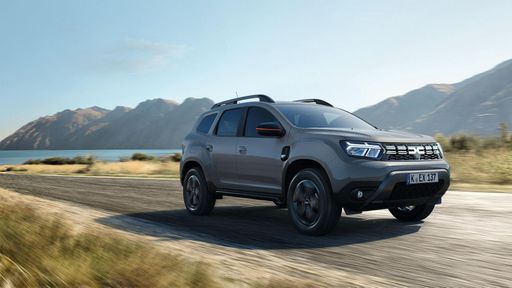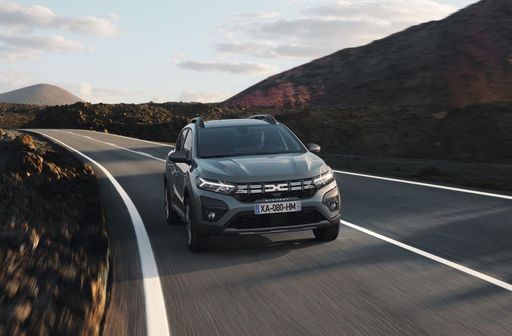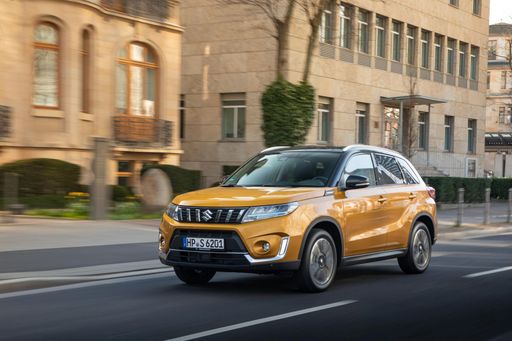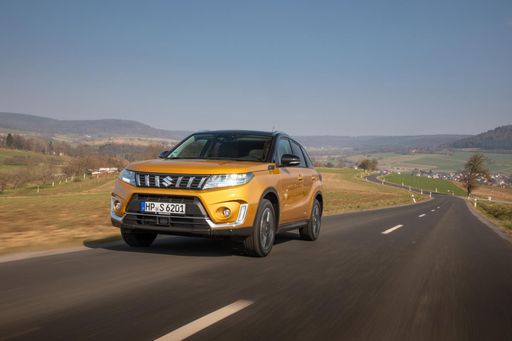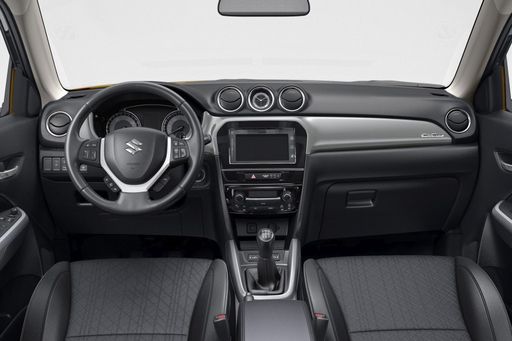Comparison Overview: Dacia Duster vs Suzuki Vitara
In the competitive realm of compact SUVs, the Dacia Duster and Suzuki Vitara have carved out their own niches. Both models promise rugged versatility, but how do they stack up when pitted against each other? This article dives into the technical specifications and innovative features of these two popular vehicles, highlighting their strengths and weaknesses for potential buyers.

